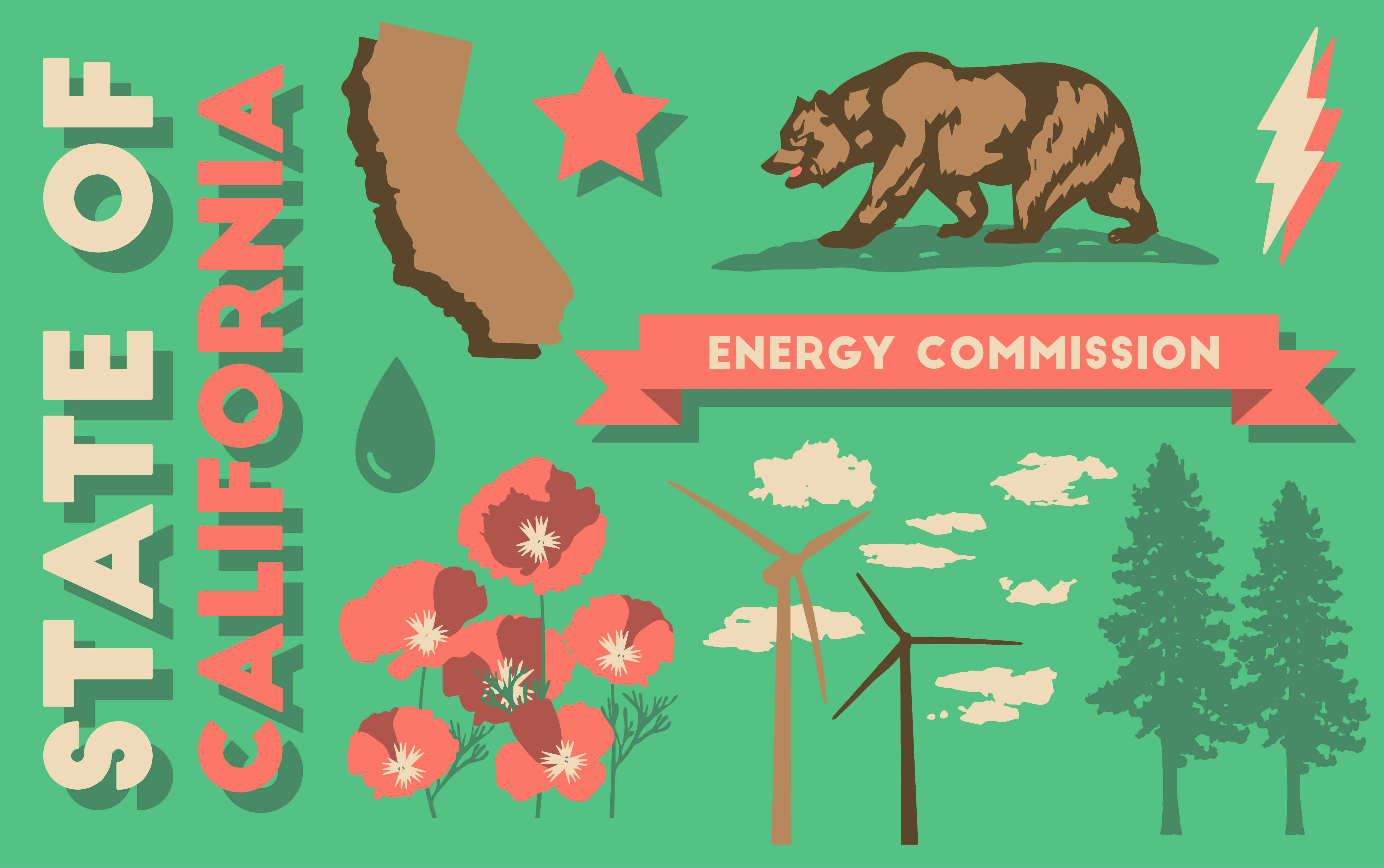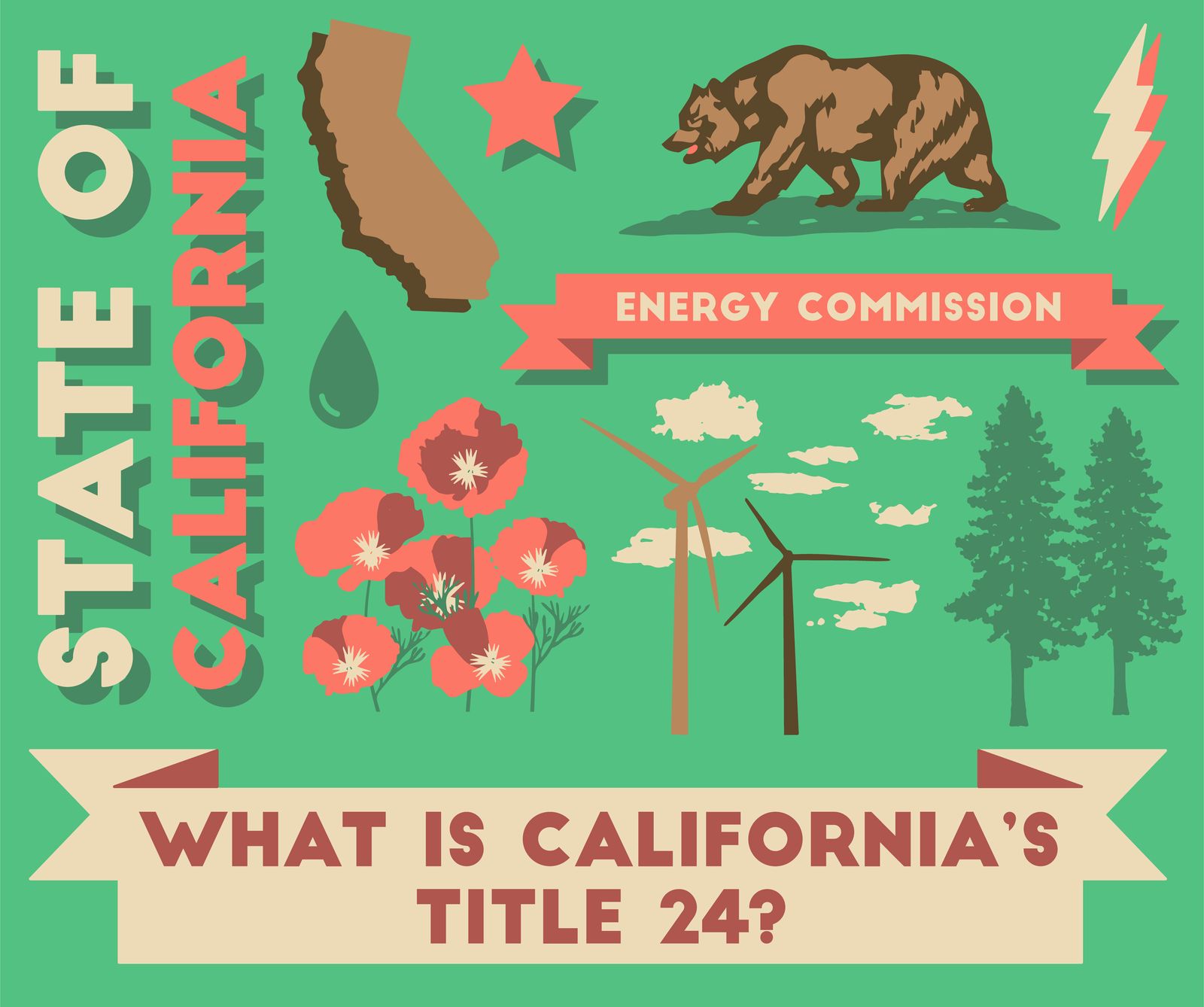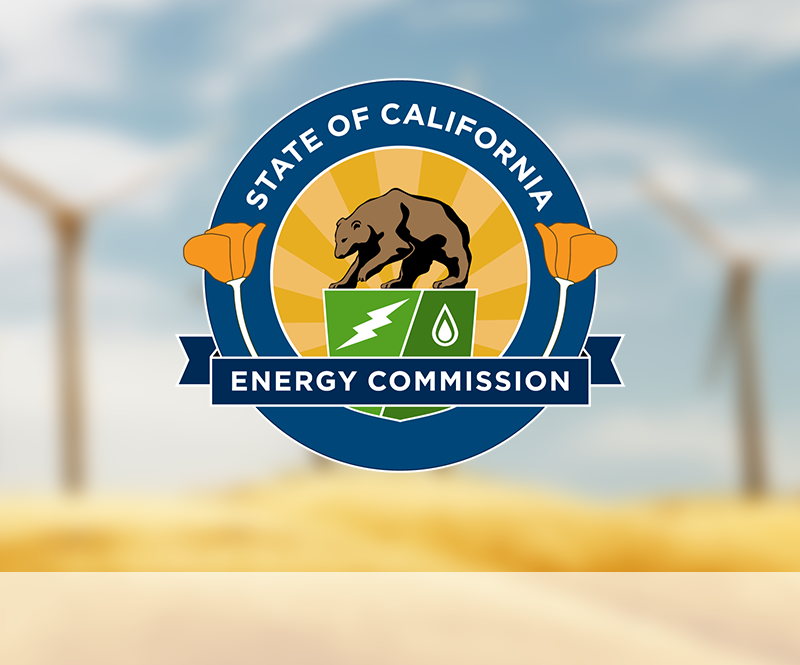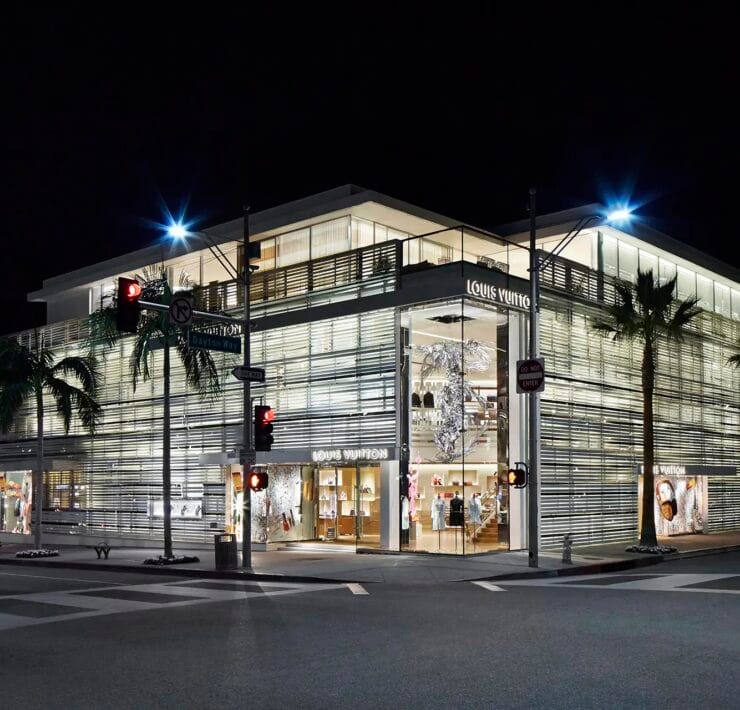Title 24 is the section of the state government’s energy regulation code which pertains to lighting in most of California’s buildings — almost all buildings, i.e., historic, residential and non-residential, etc. — subject to interpretation of the state’s energy commission.

The state’s stated purpose of the code, regulation and standards is energy control, which California variously calls energy consumption, energy conservation and energy efficiency. Regulation of energy originated in the early 1970s in the wake of the birth of environmentalism with the earth or ecology movement; the first Earth Day was practiced in 1970.
California was the first state to impose energy usage regulations in 1974 and was the first state to enact an energy regulation commission, called the California Energy Commission. California claims to have the lowest per capita energy consumption in the United States.
Lighting is part of the state’s energy control plan.
California’s energy regulation includes controls, restrictions and mandates on indoor and outdoor lighting power, stipulating, for instance, that buildings use light-emitting diode (LED) lighting technologies, lighting power density (LPD) and wattage requirements, though the code is vague, complicated and subject to constant changes by the state government’s energy commission, state assembly and executive order by California’s governor.
For example, what’s new in Title 24 for 2019 includes new power adjustment factors for daylighting devices including horizontal slats, light shelves and clerestory fenestrations. Additionally, the state has imposed new rules, manual area multi-level lighting controls requirements and automatic daylighting control requirements. Restrooms also must now comply with occupancy sensing control requirements.
There’s a new section for indoor lighting control interactions, changes in outdoor lighting control requirements, alteration requirements, including merging of three separate sections into a single “Altered Indoor Lighting Systems” section, alignment of two reduced power options on controls, and a trigger threshold of projects over 5,000 square feet.
So, you can see for yourself that Title 24 of the California Energy Commission’s Energy Code — which the state refers to as the California Building Energy Efficiency Standards — imposes government control of lighting in California.
Also, the regulation is updated on an approximately three-year cycle. This means that the 2022 Energy Code will be changed to affect, regulate and control “new construction of, and additions and alterations to, residential and nonresidential buildings.” The 2022 Energy Code goes into effect on January 1, 2023 (for building permit applications submitted on or after the effective date).
Look for new information on 2019’s Title 24 updates and what’s coming in 2022 on this blog. Meanwhile, read the California Energy Commission’s Title 24 updates here.






